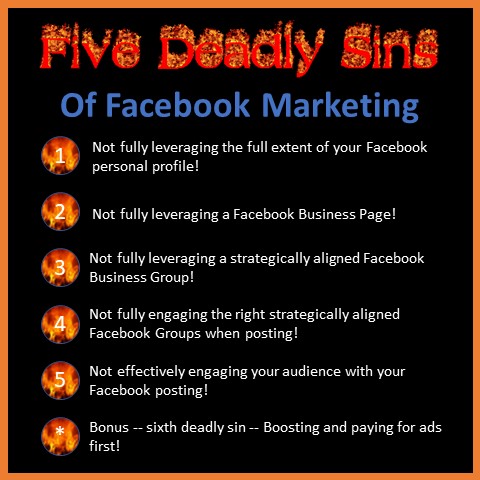Looks like it’s time to change your Facebook and Instagram passwords … again!
It’s all over the news this morning!!! Facebook confirmed yesterday, that it stored “hundreds of millions” of account passwords in plaintext FOR YEARS!!!
The discovery was made in January as part of a routine security review. Facebook said, “None of the passwords were visible to anyone outside Facebook.” Facebook admitted the security lapse, after they discovered passwords were accessible to approximately 2,000 engineers and developers.
“This caught our attention because our login systems are designed to mask passwords using techniques that make them unreadable,” said Canahuati, in the recent announcement. “We have found no evidence to date that anyone internally abused or improperly accessed them.”
Facebook said it will notify hundreds of millions of Facebook and Instagram of the exposure.
Recommendation: Change your passwords now!





